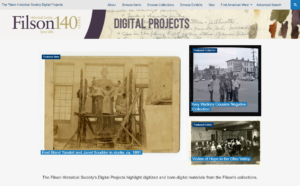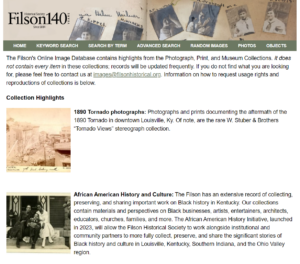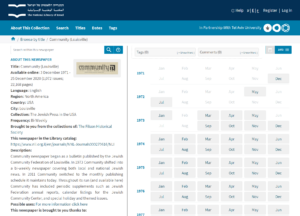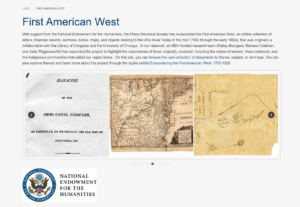Visit the Filson
Open Monday through Friday, 9 am to 4:30 pm
The Filson will be closed to the Public on Friday April 19th for staff meetings. The Filson will also be closed starting at noon on Friday May 3rd for Oaks Day.
The Filson is closed to the Public the 3rd Friday of every month.
1310 S. 3rd St., Louisville, KY 40208
(502) 635-5083
Plan Your Visit to the Filson! To register or purchase tickets for our events, please visit our Events Page.
The Research Library is open Monday through Friday, 9 am to 4:30pm; we are closed on the third Friday of each month. Appointments are not required, but feel free to reserve a seat online – learn more here. We also provide remote research services; please email gro.l1713463858aciro1713463858tsihn1713463858oslif1713463858@hcra1713463858eser1713463858.
Join the Filson's Email List
Enter your email and be among the first to know about Filson events and news!






